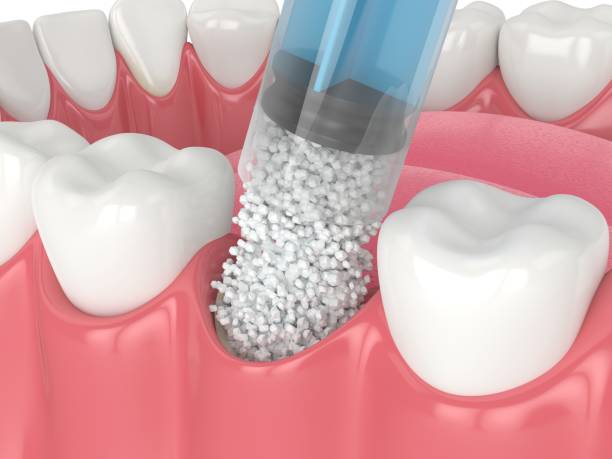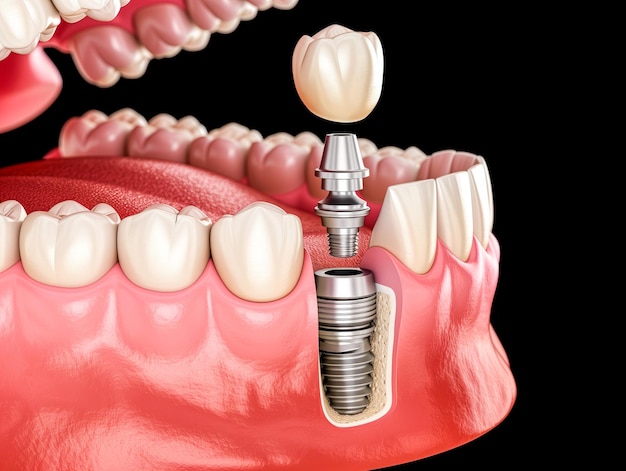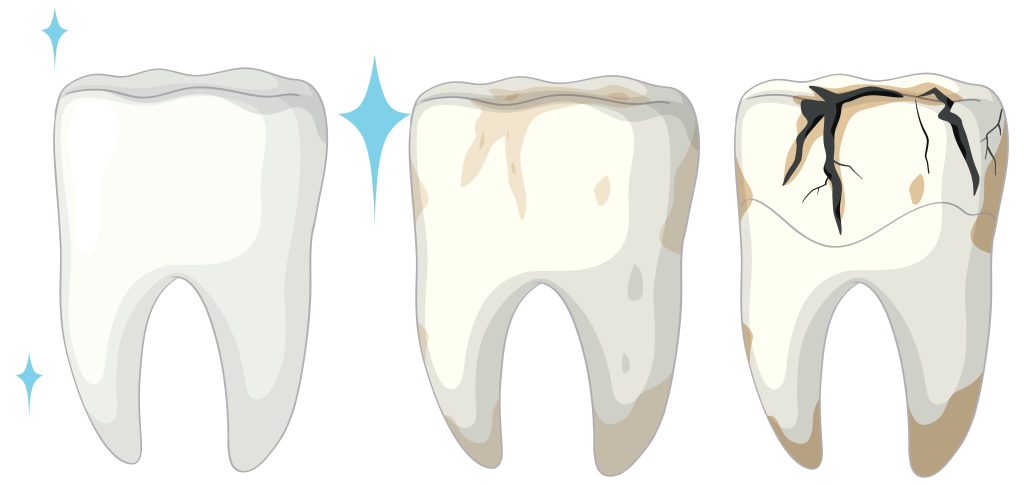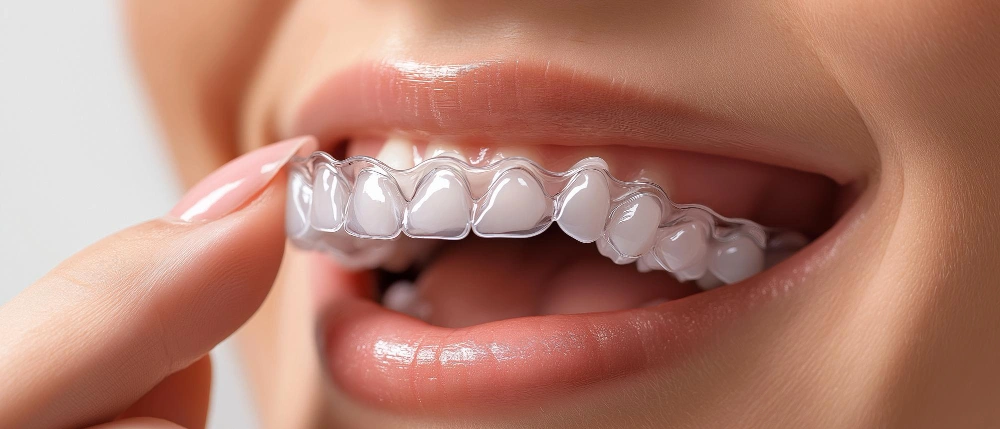Bone grafting is a widely recognized method for restoring bone in the jaws, particularly for patients undergoing implant surgery or compromised bone quality due to conditions like periodontists or trauma. The success of a dental bone graft depends majorly on the recovery process.
By implementing specific strategies and understanding the stages of healing, you can increase the effectiveness of the graft and get a smoother, faster recovery. This article will provide detailed insights into dental bone graft healing, offer recommendations to improve recovery, and outline the timeline for the healing stages.
How Does a Dental Bone Graft Work?

A dental bone graft involves grafting material into the jawbone to replace missing bone. This procedure is necessary when the bone structure cannot support dental implants or other treatments. The grafting material can be sourced from the patient, a donor, or synthetic materials. Over time, the body integrates the graft material, and new bone cells grow, which creates a solid base for future dental procedures.
Recovery Time for a Dental Bone Graft
The healing time differs but generally spans several months. Initial healing includes swelling and discomfort within the first few days to a week.
Complete integration of the graft material, where new bone forms and stabilizes, typically takes about 3 to 6 months. Your role in this process is essential, as following post-operative care instructions and attending regular follow-up visits with the dentist lead to successful healing.
What are Some Ways to Speed Up Dental Bone Graft Healing?
Understanding what helps bone grafts heal faster involves a combination of healthy habits, diligent care, and regular follow-ups with your dentist. Let’s know how you can recover faster:
1. Follow Post-Operative Instructions:
One of the most necessary factors in recovering from dental bone graft surgery is diligently following your dentist’s instructions. These instructions are intended to prevent complications and provide a speedy and successful healing process for the surgical site.
2. Practice Good Oral Hygiene:
Maintaining cleanliness at the surgical site is essential to prevent infection. which can delay healing. Brush gently around the graft area, use a soft-bristled toothbrush, and rinse with an antimicrobial mouthwash as your dentist recommends.
3. Manage Pain and Swelling:
Applying cold compression frequently to the outside of your face for 48 hours is a key strategy in reducing swelling. This, along with taking pain relievers and prescribed medications as advised, can improve your comfort and recovery.
4. Eat a Nutritious Diet:
A balanced diet rich in vitamins supports the body’s natural healing processes. Foods high in calcium and protein, such as dairy products and lean meats, are particularly beneficial. Stay hydrated and avoid hard, crunchy foods that could irritate the graft site. Soft foods like yogurt, smoothies, and mashed vegetables are ideal in the initial recovery period.
5. Avoid Smoking and Alcohol:
Smoking and alcohol consumption can hinder the wound healing process. Smoking decreases blood flow to the graft area, while alcohol can interfere with medications and affect the healing outcomes. Avoiding these substances is mandated to promote effective recovery and the success of the bone graft procedure.
6. Use Supplements Wisely:
Vitamins and minerals such as calcium, vitamin D, and vitamin C support bone formation and remodeling. However, you must consult your dentist or doctor before starting new supplements.
Stages of Healing for the Dental Bone Graft
There are three stages of dental bone graft healing:
1. Initial Healing (First Two Weeks):
The initial phase involves the formation of a blood clot and the beginning of tissue healing. There might be swelling, discomfort, and minor bleeding during this period. Follow the dentist’s care instructions closely to prevent infection and support initial healing. The blood clot is a protective barrier over the graft site, so avoid disturbing it.
2. Intermediate Healing (Two Weeks to Three Months):
In this phase, the process of new bone formation starts and gets incorporated into the graft. Swelling and rash should begin to subside, and one should not feel pain. To assess the effectiveness of the strategies, dental check-ups should be done often to ensure that problems are detected early.
3. Final Stage (Three Months and Beyond):
Bone fusion and healing might take several months, and you must avoid heavy lifting and rigorous or intense activities during this period. At this stage, the graft should have fused with your natural bone and be fully prepared to support dental implants or other necessary procedures.
Conclusion
To optimize dental bone graft healing, you must adhere to professional guidance, maintain excellent oral hygiene, manage pain and swelling, consume a nutritious diet, and refrain from smoking and alcohol. By understanding the stages of dental bone graft healing and implementing these practices, you can enhance the success of procedures like dental implants. Consult your dental practitioner for personalized advice to ensure the best recovery outcomes.
Get optimal results with professional guidance and care.
At Rivers Bend Family Dental, we provide comprehensive support throughout your recovery process. Our experienced team will work closely with you to ensure you receive the best care tailored to your unique needs.
Visit us at Rivers Bend Family Dental to learn more, or book your consultation.
You can also contact us at 763-576-1855 or visit our office to discuss your oral health concerns.







